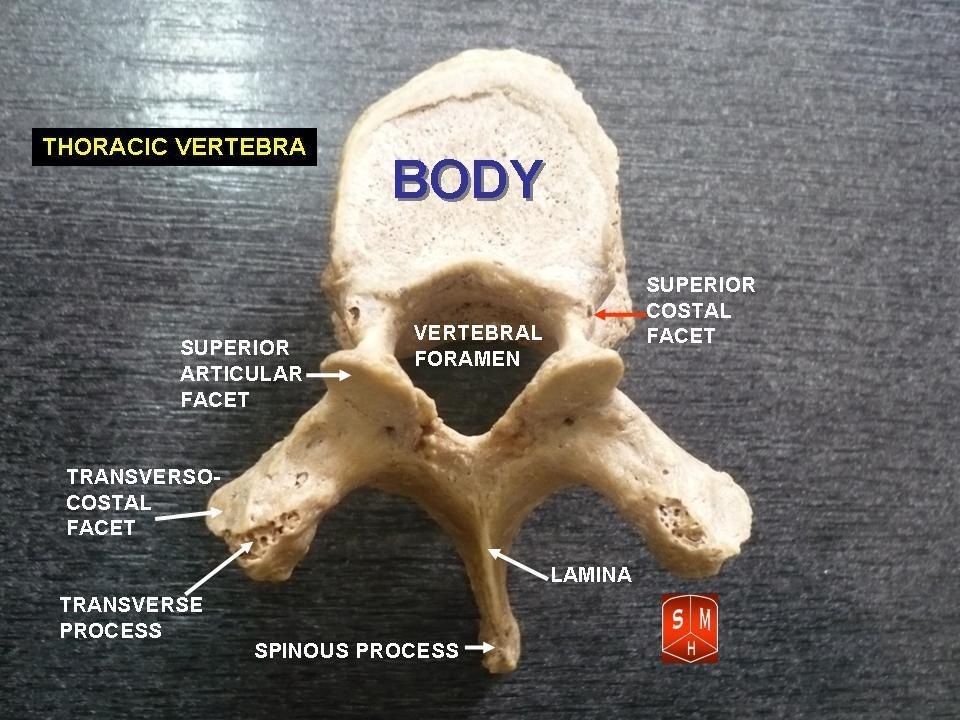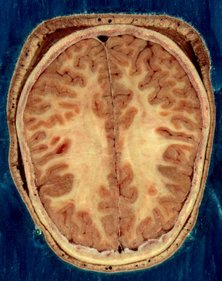- Home
- About Us
- TSPT Academy
- Online Courses
-
Resources
- Newsletter
- Business Minded Sports Physio Podcast
- Day in the Life of a Sports PT
- Residency Corner
-
Special Tests
>
-
Cervical Spine
>
- Alar Ligament Test
- Bakody's Sign
- Cervical Distraction Test
- Cervical Rotation Lateral Flexion Test
- Craniocervical Flexion Test (CCFT)
- Deep Neck Flexor Endurance Test
- Posterior-Anterior Segmental Mobility
- Segmental Mobility
- Sharp-Purser Test
- Spurling's Maneuver
- Transverse Ligament Test
- ULNT - Median
- ULNT - Radial
- ULNT - Ulnar
- Vertebral Artery Test
- Thoracic Spine >
-
Lumbar Spine/Sacroiliac Joint
>
- Active Sit-Up Test
- Alternate Gillet Test
- Crossed Straight Leg Raise Test
- Extensor Endurance Test
- FABER Test
- Fortin's Sign
- Gaenslen Test
- Gillet Test
- Gower's Sign
- Lumbar Quadrant Test
- POSH Test
- Posteroanterior Mobility
- Prone Knee Bend Test
- Prone Instability Test
- Resisted Abduction Test
- Sacral Clearing Test
- Seated Forward Flexion Test
- SIJ Compression/Distraction Test
- Slump Test
- Sphinx Test
- Spine Rotators & Multifidus Test
- Squish Test
- Standing Forward Flexion Test
- Straight Leg Raise Test
- Supine to Long Sit Test
-
Shoulder
>
- Active Compression Test
- Anterior Apprehension
- Biceps Load Test II
- Drop Arm Sign
- External Rotation Lag Sign
- Hawkins-Kennedy Impingement Sign
- Horizontal Adduction Test
- Internal Rotation Lag Sign
- Jobe Test
- Ludington's Test
- Neer Test
- Painful Arc Sign
- Pronated Load Test
- Resisted Supination External Rotation Test
- Speed's Test
- Posterior Apprehension
- Sulcus Sign
- Thoracic Outlet Tests >
- Yergason's Test
- Elbow >
- Wrist/Hand >
- Hip >
- Knee >
- Foot/Ankle >
-
Cervical Spine
>
- I want Financial Freedom
- I want Professional Growth
- I want Clinical Mastery
|
One of the goals of clinical development as a physical therapist is recognizing the source of the problem and not just treating the symptoms. For example, if a shoulder hurts but the thoracic spine is not moving sufficiently, we want to include the thoracic spine in our management. If a knee is hurting during walking because of poor dorsiflexion mobility, we want to treat the dorsiflexion restriction. If a person cannot touch their toes because of poor lumbar flexion, it may be that proper motor control is lacking. Whatever the issue, we must be thorough with our examination to identify all contributing factors and the primary driving force. One variation of this I regularly see is spinal mobility restrictions and neural tension. I typically will address both in the same treatment session, but often I will notice that neural tension will be eliminated or significantly decreased following treatment to the spine. This may include a manipulation, IASTM or repeated motions. Because of this, I rarely give nerve glides as an exercise for home. That doesn't mean nerve glides aren't effective. Even after treatment to the spine, some nerve tension can remain and be improved upon by addressing the neural tubes. In fact, I have come across patients that have greater responses to nerve glides than spinal treatment. This may be the case in your patients who inappropriately try "stretching their hamstrings" when neural tension is the issue. The nerve glides may be a novel movement to the peripheral nervous system, especially if there are greater restrictions peripherally. Because of this, your patients may express significant relief of pain and improvements in mobility following treatment. As far as specific treatment goes, I recommend IASTM to the paraspinals of the innervating segments and anywhere along the path of the peripheral nerves. The joints that are crossed by the nerves and from which the nerve originate can be manipulated if restricted (or use other techniques like repeated motions). Additionally, think about addressing any tension points. I often will manipulate T6 for both upper and lower quarter patients and the TL junction for lower quarter patients. When addressing nerve mobility, glides and tensioners are often used. Both are effective, but glides have been shown to have greater nerve excursion (Coppieters and Butler, 2008). While I prefer to use nerve glides myself, I will use tensioners if performing a glide is difficult. I should note that occasionally you will come across a patient that has adverse reactions to nerve tensioning. Aside from cauda equina syndrome and tethered cord syndrome, you should be careful with patients that are significantly centrally sensitized. You'll notice your patient feels worse following the treatment. I have found these patients have a high fear avoidance behavior, anxiety, or significant neural tension. In these cases, use your other methods to address nerve mobility restrictions. -Chris Reference: Coppieters MW1, Butler DS. (2008). Do 'sliders' slide and 'tensioners' tension? An analysis of neurodynamic techniques and considerations regarding their application. Man Ther. 2008 Jun;13(3):213-21.
Like this post? Then check out the Insider Access Page for advanced content! And check out similar posts below!
0 Comments
Leave a Reply. |
Dr. Brian Schwabe's NEW Book in partner with PaleoHacks!
Learn residency-level content on our
Insider Access pages We value quality PT education & CEU's. Click the MedBridge logo below for TSPT savings!Archives
July 2019
Categories
All
|









 RSS Feed
RSS Feed